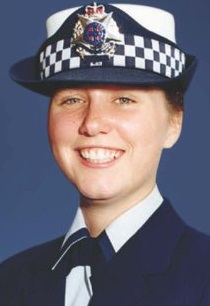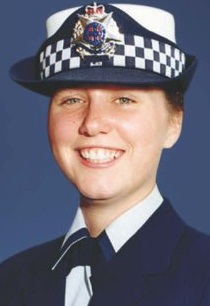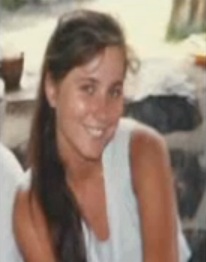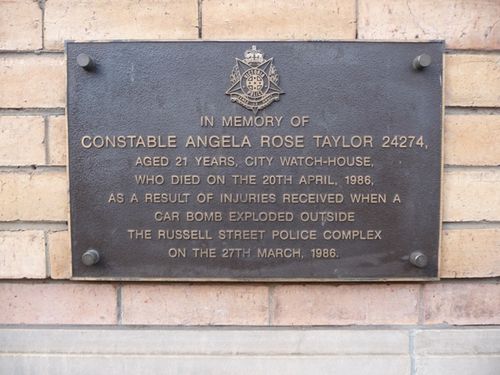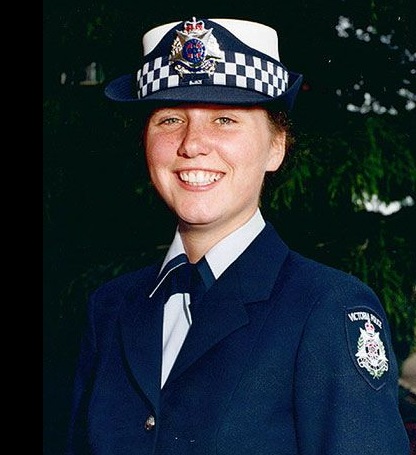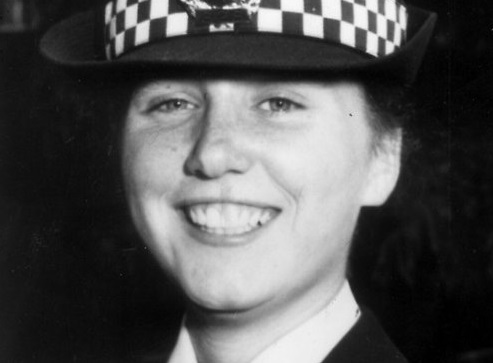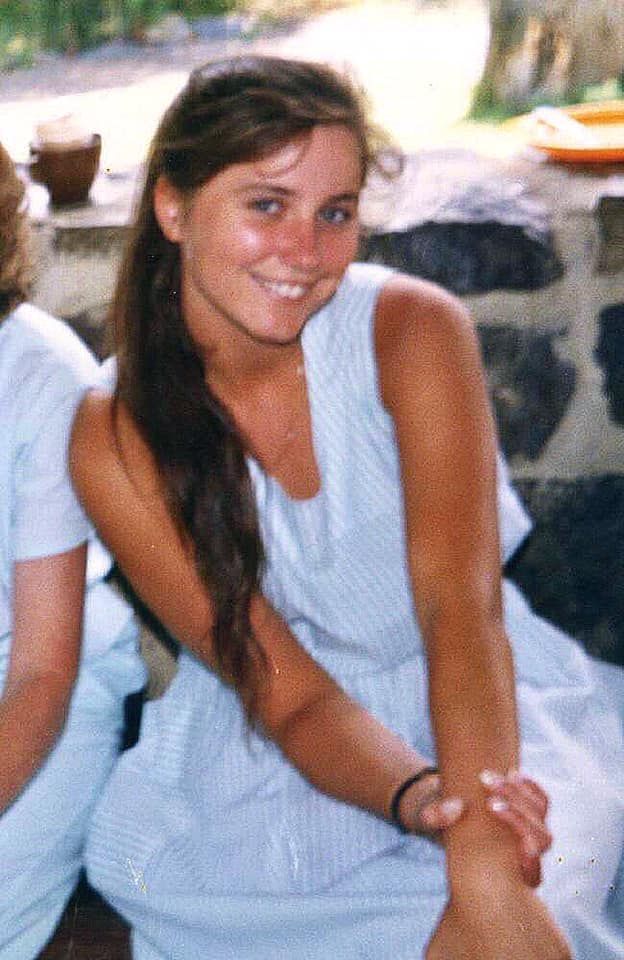-----
The Russell Street Bombing refers to the 27 March 1986 bombing of the Russell Street Police Headquarters complex in Russell Street, Melbourne, Victoria, Australia. The explosion was caused by a car bomb hidden in a stolen 1979 Holden Commodore.
The blast seriously injured 21-year-old Constable Angela Taylor, who died on 20 April, becoming the first Australian policewoman to be killed in the line of duty. A further 22 people were injured. The explosion caused massive amounts of damage to the police HQ and surrounding buildings, estimated at more than A$1 million.
The Age newspaper reported that the blast had such an impact because of the open-floor design of the offices acted like a claymore mine, sending more shrapnel as the blast ripped through the floors, seemingly adding more pressure to the blast as it followed its path. The station has closed down and been converted into apartments.
In the course of the investigation, a group of people including Stan Taylor, Peter Reed, Craig Minogue and Rodney Minogue were apprehended. The motive for the bombing seems to have been revenge against the police, as the bombers had previously been arrested and still resented their jail terms. In court, Taylor, Reed and Craig Minogue were convicted; Rodney Minogue was eventually acquitted on appeal.
On 7 October 1985, gelignite and detonators were stolen from the Tryconnel Mine at Blackwood. On 25 March 1986, a Holden Commodore was stolen. Both crimes were later found to provide equipment needed for the construction of the bomb.
On 25 April 1986, ten Victoria Police officers raided the Kallista home of Peter Michael Reed at 5.45 am. It was alleged that upon attempting to enforce the arrest by forcing entry to the premises, Reed produced a .455 Smith and Wesson revolver and fired at police, seriously injuring Det Sgt Wylie. Reed was then fired upon by Det Sgt Quinsee and arrested. Reed was charged with attempted murder, recklessly causing serious injury, using a firearm to prevent apprehension and possessing explosives in suspicious circumstances in addition to charges related to the Russell Street bombing. Reed later stated at his trial in unsworn evidence that:
"the police started the shooting and I only used his firearm in self defence."
On 30 May 1986, police arrested Stanley Brian Taylor during a 2 am raid on his Birchip home. Brothers Craig and Rodney Minogue were arrested in a Swan Hill motel at 5.15 am later that day.
The crown did not allege that any person played any particular role in the bombing, but that each of them were members of a team which planned the bombing and caused the bomb to explode. Evidence against the accused was as follows:
Gelignite and detonators used in the construction of the bomb were of the same type as those stolen from Tryconnel Mine.
Gelignite was found at Reed's house wrapped in newspaper containing fingerprints belonging to Rodney Minogue.
Craig Minogue owned a pair of side cutters which produced cuts similar to those found on detonator wires.
a file with traces of brass deposits matched with brass deposits found at the bomb site.
a block of wood from which a wooden part of the bomb had been sawn was found at Craig Minogue's premises.
tinned copper wire, similar to that used with detonators found at the bomb site, was found at Craig Minogue's premises.
residue of gelignite matched residue found at a previous address of Craig Minogue in Lower Templestowe.
evidence from a witness that Craig Minogue called around Easter 1986, to ask about the use of detonators.
a witness testified that Craig Minogue was seen driving a 1979 Holden Commodore around the CBD prior to the explosion.
- wiki
-----
The Russell Street Bombing refers to the 27 March 1986 bombing of the Russell Street Police Headquarters complex in Russell Street, Melbourne, Victoria, Australia. The explosion was caused by a car bomb hidden in a stolen 1979 Holden Commodore.
The blast seriously injured 21-year-old Constable Angela Taylor, who died on 20 April, becoming the first Australian policewoman to be killed in the line of duty. A further 22 people were injured. The explosion caused massive amounts of damage to the police HQ and surrounding buildings, estimated at more than A$1 million.
The Age newspaper reported that the blast had such an impact because of the open-floor design of the offices acted like a claymore mine, sending more shrapnel as the blast ripped through the floors, seemingly adding more pressure to the blast as it followed its path. The station has closed down and been converted into apartments.
In the course of the investigation, a group of people including Stan Taylor, Peter Reed, Craig Minogue and Rodney Minogue were apprehended. The motive for the bombing seems to have been revenge against the police, as the bombers had previously been arrested and still resented their jail terms. In court, Taylor, Reed and Craig Minogue were convicted; Rodney Minogue was eventually acquitted on appeal.
On 7 October 1985, gelignite and detonators were stolen from the Tryconnel Mine at Blackwood. On 25 March 1986, a Holden Commodore was stolen. Both crimes were later found to provide equipment needed for the construction of the bomb.
On 25 April 1986, ten Victoria Police officers raided the Kallista home of Peter Michael Reed at 5.45 am. It was alleged that upon attempting to enforce the arrest by forcing entry to the premises, Reed produced a .455 Smith and Wesson revolver and fired at police, seriously injuring Det Sgt Wylie. Reed was then fired upon by Det Sgt Quinsee and arrested. Reed was charged with attempted murder, recklessly causing serious injury, using a firearm to prevent apprehension and possessing explosives in suspicious circumstances in addition to charges related to the Russell Street bombing. Reed later stated at his trial in unsworn evidence that:
"the police started the shooting and I only used his firearm in self defence."
On 30 May 1986, police arrested Stanley Brian Taylor during a 2 am raid on his Birchip home. Brothers Craig and Rodney Minogue were arrested in a Swan Hill motel at 5.15 am later that day.
The crown did not allege that any person played any particular role in the bombing, but that each of them were members of a team which planned the bombing and caused the bomb to explode. Evidence against the accused was as follows:
Gelignite and detonators used in the construction of the bomb were of the same type as those stolen from Tryconnel Mine.
Gelignite was found at Reed's house wrapped in newspaper containing fingerprints belonging to Rodney Minogue.
Craig Minogue owned a pair of side cutters which produced cuts similar to those found on detonator wires.
a file with traces of brass deposits matched with brass deposits found at the bomb site.
a block of wood from which a wooden part of the bomb had been sawn was found at Craig Minogue's premises.
tinned copper wire, similar to that used with detonators found at the bomb site, was found at Craig Minogue's premises.
residue of gelignite matched residue found at a previous address of Craig Minogue in Lower Templestowe.
evidence from a witness that Craig Minogue called around Easter 1986, to ask about the use of detonators.
a witness testified that Craig Minogue was seen driving a 1979 Holden Commodore around the CBD prior to the explosion.
- wiki
